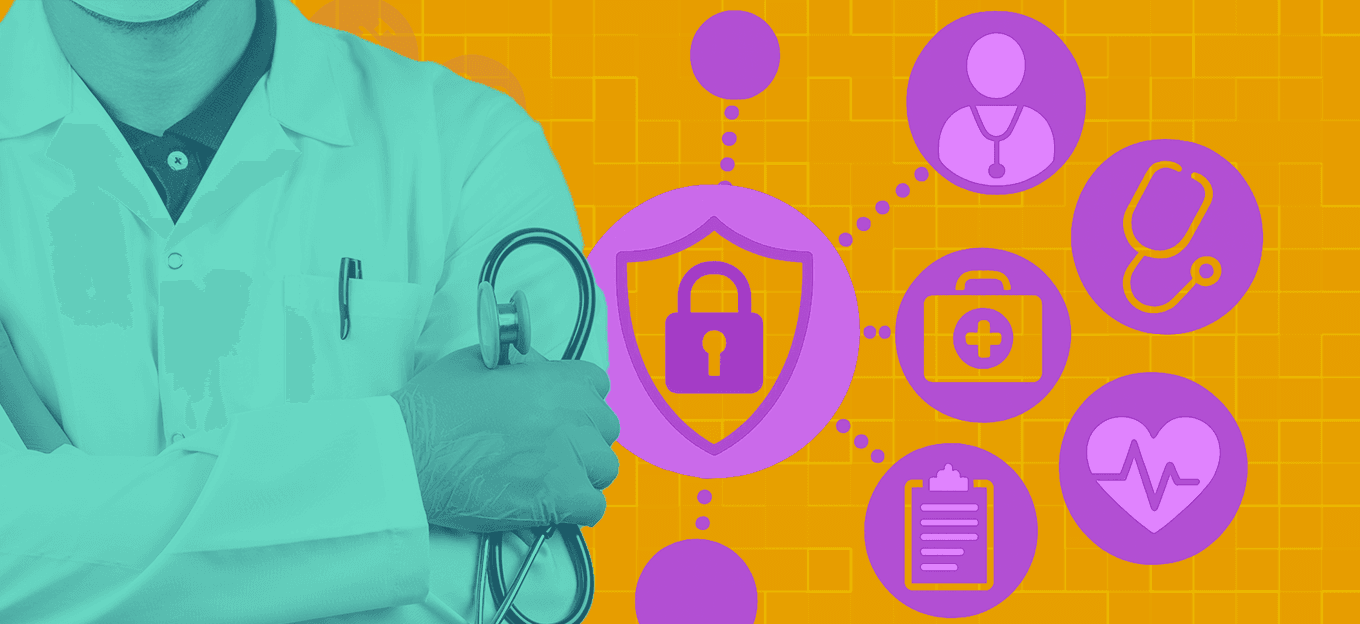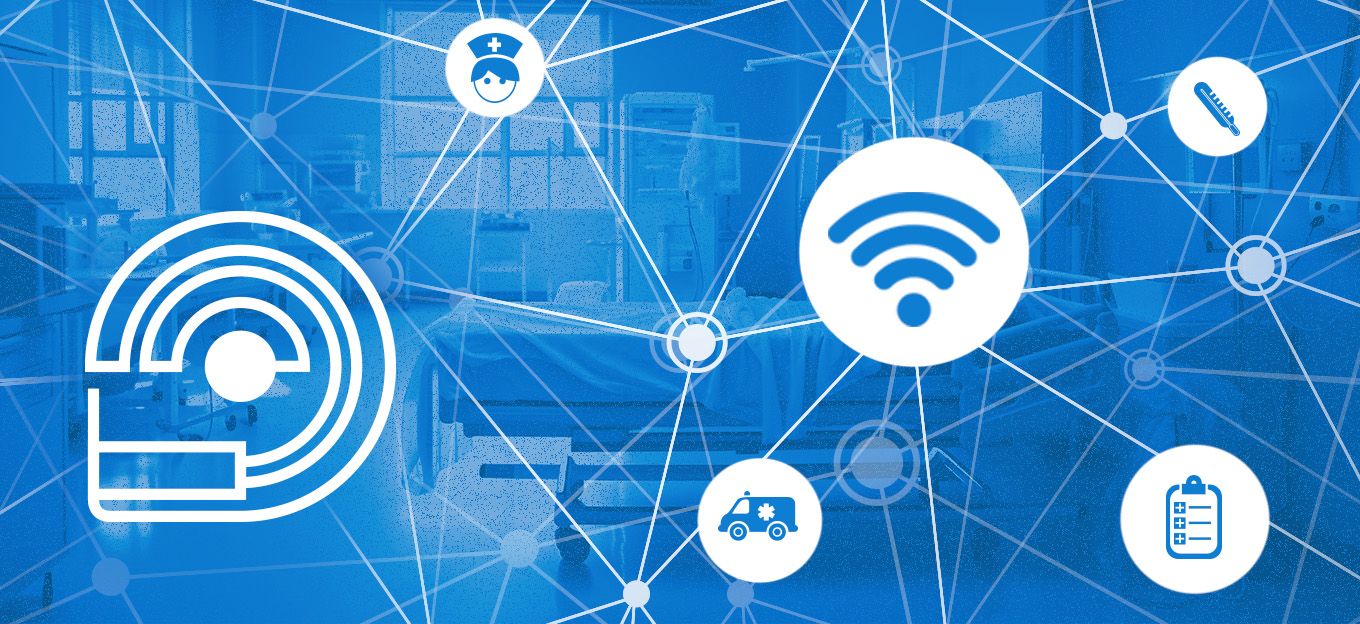A Flexible, More Affordable Approach to Location Services for Healthcare
A Flexible, More Affordable Approach to Location Services for Healthcare
- Last Updated: December 2, 2024
CenTrak
- Last Updated: December 2, 2024



Over the last decade, healthcare leaders worldwide have adopted a variety of IoT-based locating and sensing solutions to monitor and enhance interactions between patients, staff, and facility assets. Armed with the right location-based data, healthcare administrators can identify operational inefficiencies and make more informed decisions. Many of the same tools also offer real-time benefits, like discrete emergency call buttons on smart badges and automated reminders for staff to adhere to hand hygiene compliance policies.
RF-based solutions utilize standard network protocols, allowing healthcare facilities to connect devices without complicated customizations.
When an organization integrates several location-based solutions, the collective platform is referred to as a Real-Time Location System (RTLS). The healthcare RTLS market is expected to grow by 23% and be worth nearly $4 billion by 2025. Momentum for healthcare RTLS is already picking up speed. It’s not difficult to imagine that as consumers are introduced to its capabilities, they will begin to demand its use in practice.
At the same time, it’s no secret the healthcare industry has moved toward value-based care, which rewards clinicians for safety, efficiency, and efficacy. Adopting data-driven tools like RTLS makes it easier to track related metrics and demonstrate improvement. The most sophisticated RTLS solutions compile data and distill and analyze that data to produce automated reports and actionable insights.
Yet, many healthcare decision-makers voice concerns that RTLS is prohibitively expensive and difficult to measure ROI (return on investment). This common misconception is largely rooted in impressions from the earliest iterations of RTLS technologies. The truth is, RTLS has followed the trajectory of most technology innovations and has become simultaneously more affordable and valuable for healthcare operations as the technology has matured. With the right guidance, healthcare organizations can make RTLS a viable investment.
The Right Tool for the Job
They say if your only tool is a hammer, every problem looks like a nail. This holds true in RTLS. People tend to stick to what they know and overlook alternatives – however, by leveraging multiple wireless technologies and multi-mode devices and sensors, healthcare organizations can balance RTLS precision and affordability. Wireless technologies typically fall into one of two categories.
The low-cost and ubiquitous nature of RF (radio-frequency) technologies makes them a desirable option. RF technologies, such as Wi-Fi and BLE, pass through physical barriers, including walls, floors, ceilings, and glass, and maintain connectivity between devices in adjacent rooms, floors, or even buildings.
RF-based solutions utilize standard network protocols, allowing healthcare facilities to connect smartphones and similar devices to the platform without complicated customizations. They are a great choice for more fundamental applications like estimating asset location and applications that lend themselves to mobile devices, such as digital wayfinding or basic facility navigation. However, while RF technologies can span large distances, they cannot pinpoint location with 100% accuracy.
Certainty-based or clinical-grade locating utilizes infrared and ultrasound technologies, which can identify an object’s position precisely as it moves throughout a defined area. These solutions segment clinically meaningful spaces, such as patient rooms, beds, bays, nursing stations, and hallways, to offer more accurate and granular detail. This, in turn, makes it possible to automate processes like nurse call cancellation and EMR (Electronic Medical Record) documentation, automate the capture of hand hygiene compliance through the use of electronic hand hygiene monitors, and quickly locate and track individuals under duress.
Here’s a real-world example from a surgical department trying to use a BLE-based solution to track perioperative patients. Unfortunately, the organization quickly realized RF technology was not able to deliver the location accuracy it needed when the solution began reporting that patients were in the OR while they were still in a nearby pre-op room. While BLE based solutions are great at tracking assets in large areas, it wasn’t the right technology for their clinical workflow needs.
The key to developing a successful RTLS strategy is knowing what technology is best to use to meet a given set of business requirements. This is why we work with every customer to capture and understand their unique business requirements. We then work together to select the correct technology that can meet those specified needs. It is extremely important to choose a solution that is diverse and flexible so that the investment in RTLS can be optimized to deliver clinical-grade wireless technologies where they can yield substantial ROI by helping to improve inefficient processes.
RTLS and the Hospital of the Future
Knowing when, where, and how to implement RTLS technologies can be complicated. However, a knowledgeable partner can design the right solution that addresses a healthcare organization’s unique business objectives. The right partner can help define key performance indicators to measure the system’s post-implementation ROI and make meaningful, incremental system improvements.
One last consideration when selecting an RTLS provider is identifying a vendor that can grow with the healthcare organization over time. Selecting a vendor with an open platform allows for the flexibility to securely and reliably integrate with other healthcare information systems and adopt additional IoT applications as time goes on. In this way, a thoughtful initial approach to RTLS will "future proof" the organization’s initial investment and enable healthcare leaders to establish a foundation for the smart hospital of the future.
Healthcare RTLS has many components that through thoughtful design and implementation can deliver a strong return on investment with a combination of automation and optimization that improves patient care, increases staff productivity and satisfaction, and streamlines operations. By optimizing both its upfront costs and long-term ROI, more healthcare organizations will take advantage of its many benefits.
The Most Comprehensive IoT Newsletter for Enterprises
Showcasing the highest-quality content, resources, news, and insights from the world of the Internet of Things. Subscribe to remain informed and up-to-date.
New Podcast Episode

Monetizing Connected Cars
Related Articles




